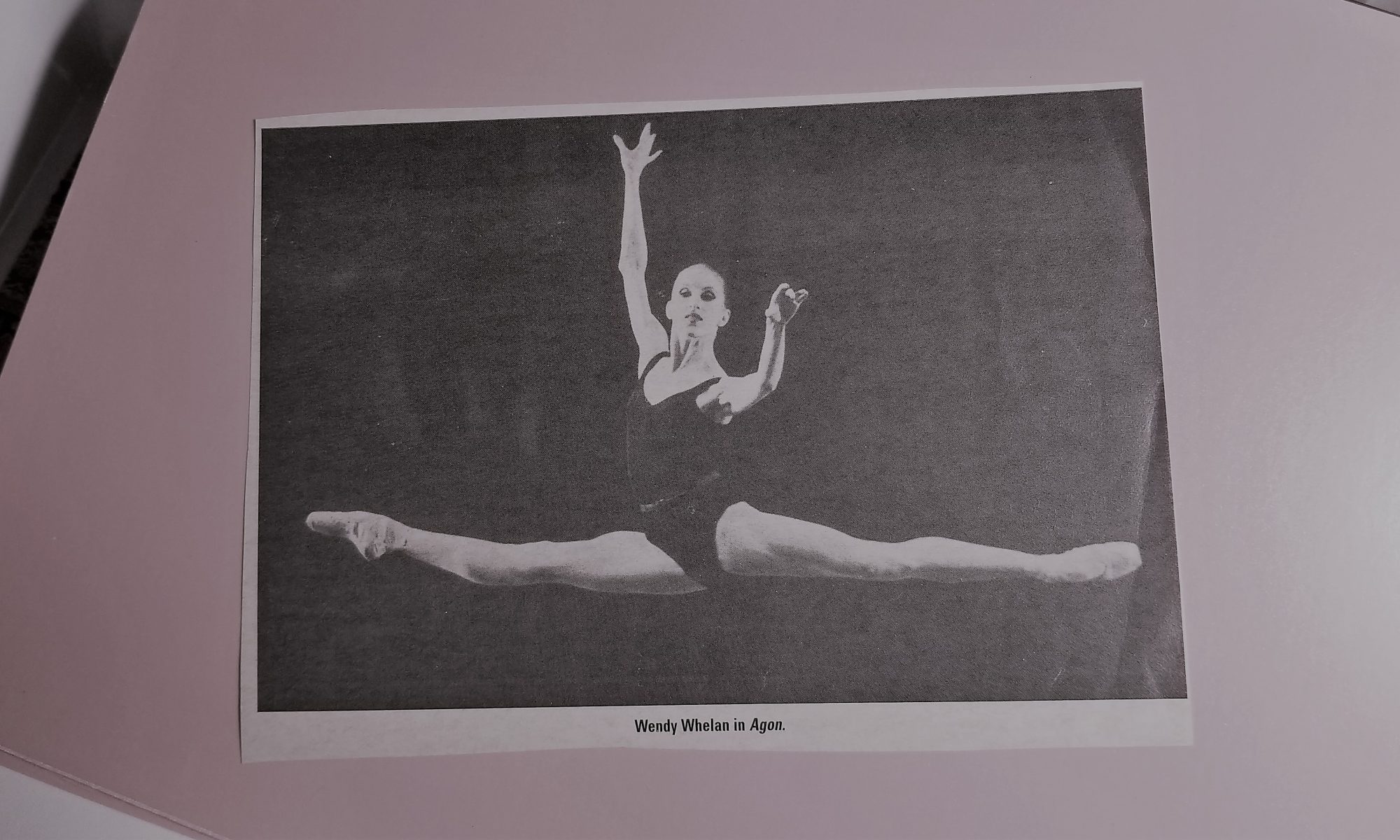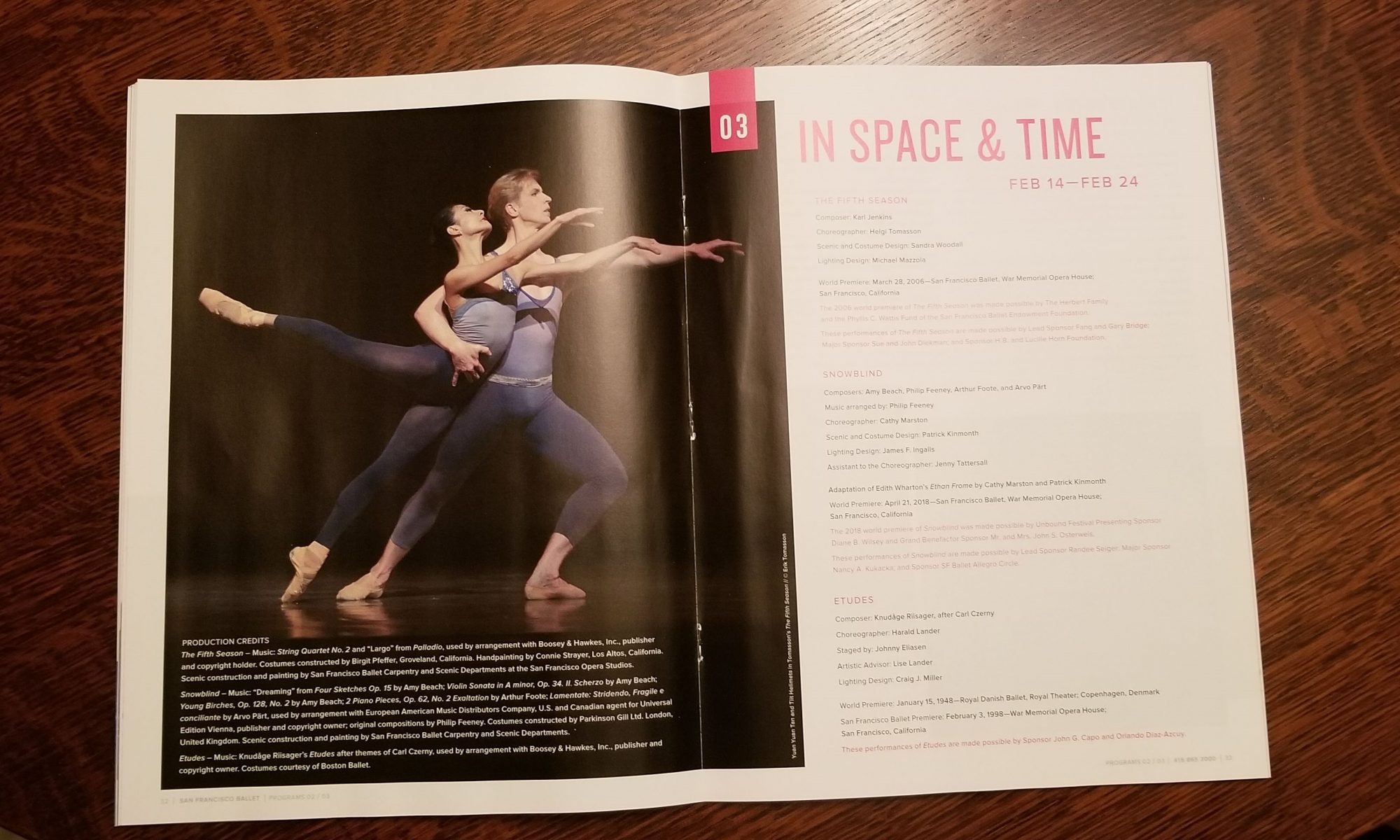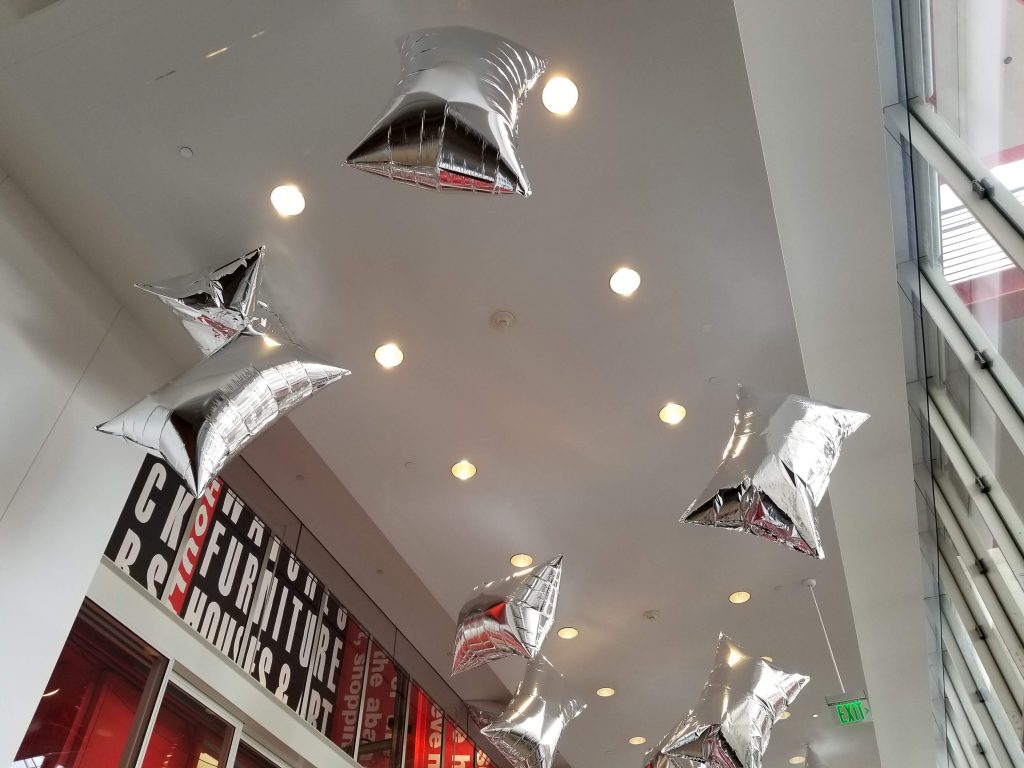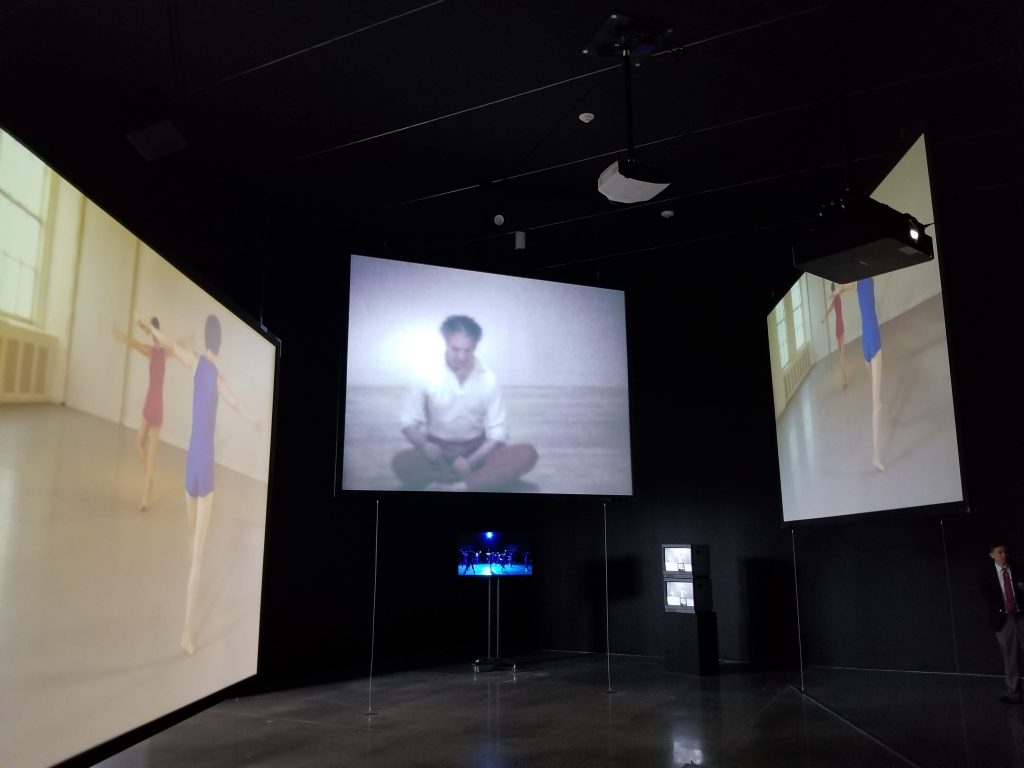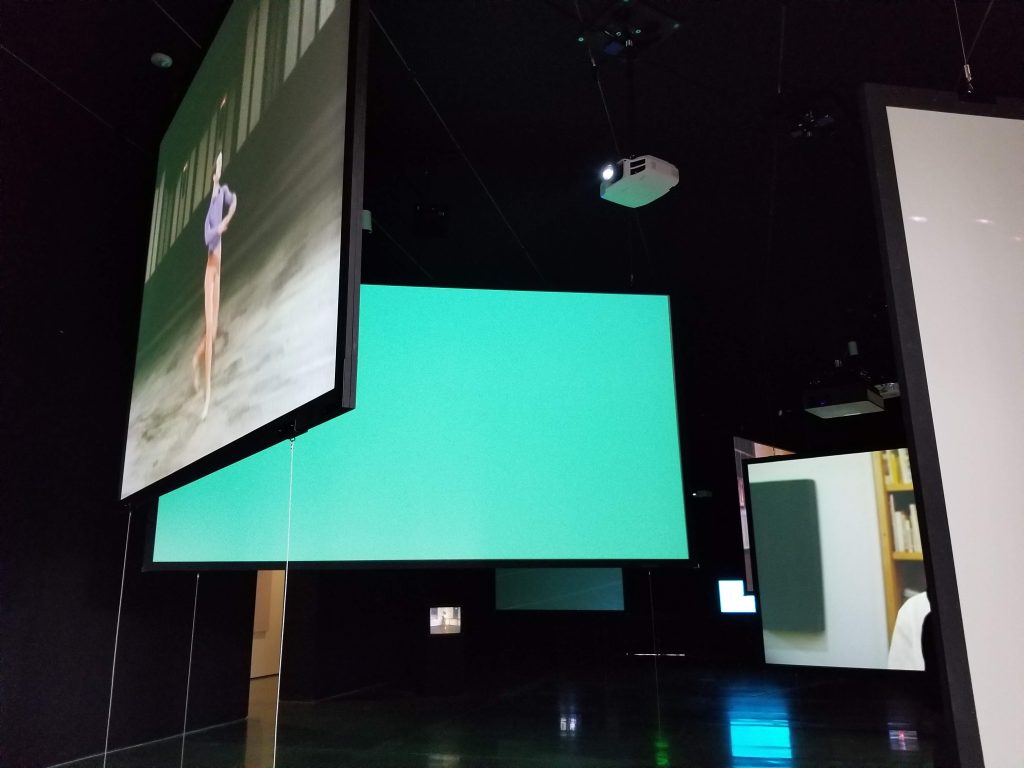Calm down! This post is not about my midlife cabaret. I promise that I am going to stick to only singing in the car with the stereo turned up all the way (I don’t want to hear my singing either).
No, this is about a one-woman show that a friend of mine invited me to. His friend from college had written/produced/was starring in it. He knows that I am always up for an adventure and that I love interesting theatre. When he brought it up, I enthusiastically said “yes!” immediately. What was there to consider? A one-woman show in a performance space above a bar in North Hollywood on a Sunday night? I am hard-pressed to come up with a reason to ever go to the valley, but Juliet Fischer-Schulein’s My Midlife Cabaret certainly was one.
Getting there was surprisingly reasonable (getting anywhere in LA in under 30 minutes is always a surprise). We found our seats (right up front and center) and settled in. I quickly realized that I was probably the only person in the place who didn’t actually know Juliet. Everyone who did (basically everyone else there) was so nice which was great reflection on her, and I was looking forward to getting to meet her after the show.
The pianist and drummer took their places on the teeny, tiny stage. The first thought that flashed through my mind was the poetry reading scene from So I Married An Axe Murderer (don’t you just love that movie?). How great would it be if this show was all beat-style poetry and chain smoking? It wasn’t of course, this was a cabaret after all.
Well, I certainly didn’t have to wait until after the show to get to know a whole lot about Juliet. She was a Rockette! She got in trouble for kicking too high. She had this whole wonderful life in her twenties performing on Broadway in A-list musicals. And then she met her now-husband, fell in love, and decided to give up her career for happily-ever-after suburban life behind the orange curtain.
She was very open about the not-a-Hallmark-movie parts of her life that led her to create this show. We’re around the same age and I could totally relate to what she was talking about (except for the part about having kids – I never fell for that trick). Much in the way that she lost herself to her mommy-life in her thirties, I lost myself to my work-life during those years.
#midlifecrisis, #cliché, #trueanyway
I was just so proud of her. For being so talented and disciplined, for keeping herself in great shape (she would have gotten in trouble for kicking too high if the Rockettes police had been there), for creating this whole show herself, and for being so open and brave to talk about things that are really hard for people to admit.
Today, if someone asked me how I knew Juliet, I would tell them that had seen her show and that she is my sister. I’m so excited that she has rediscovered her creative voice and look forward to hearing what else she has to say (or sing). I would like to thank her for inspiring and encouraging me to continue working on my creative path without even knowing it.
Here’s a short YouTube video about the show.

